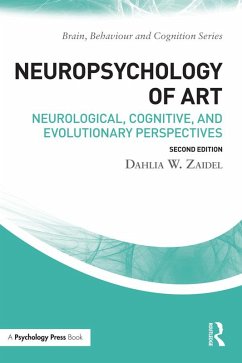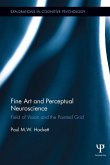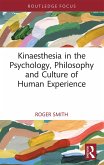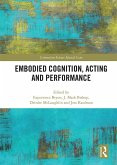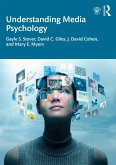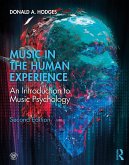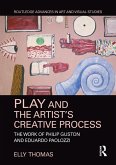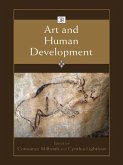Dieser Download kann aus rechtlichen Gründen nur mit Rechnungsadresse in A, B, BG, CY, CZ, D, DK, EW, E, FIN, F, GR, HR, H, IRL, I, LT, L, LR, M, NL, PL, P, R, S, SLO, SK ausgeliefert werden.
'The diverse material and clarity of writing makes Neuropsychology of Art of interest to all scientists and scholars as well as a useful and fascinating source on important current developments in the field of brain and art.' - Dr. N.M.J. Edelstyn, Keele University, in The Psychologist, October 2006
'The book's written style is clear and scholarly, the scope is remarkably broad, and altogether makes for an interesting read. ... To the best of my knowledge, no other book on the toic colaesces so many of the reported neurologic data on visual and musical artists, and provides interpretation of their deficits together with explanations of the role of the cerebral structures dmaged in crearivity and aesthetics. There is a rich tapestry of ideas not previously combined in scholarly writings on art and the brain.' - Laura Piccardi, La Sapienza, University of Rome, in Cognitive and Behavioral Neurology, September 2006

